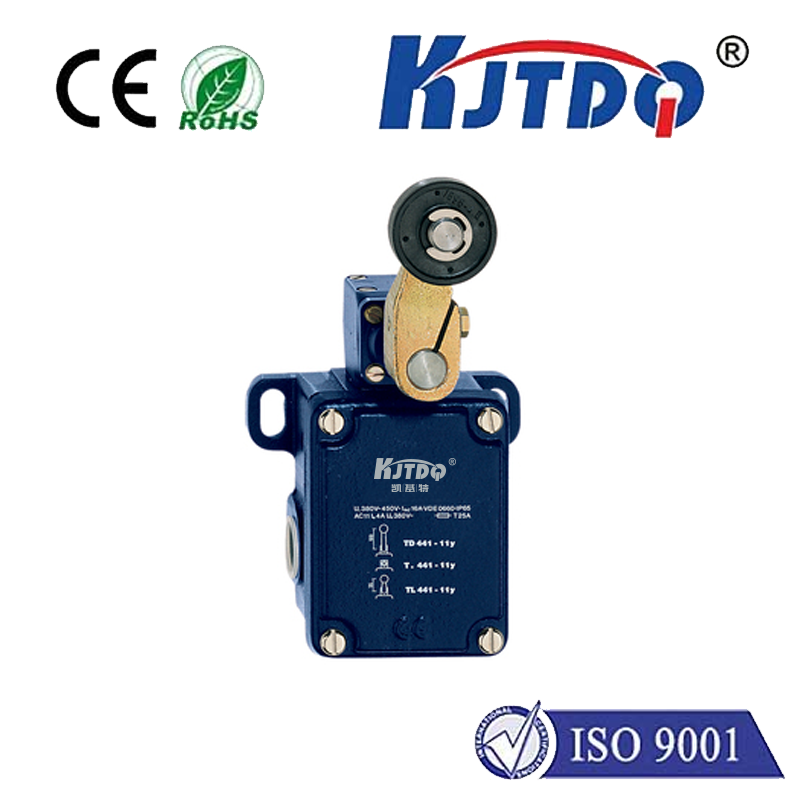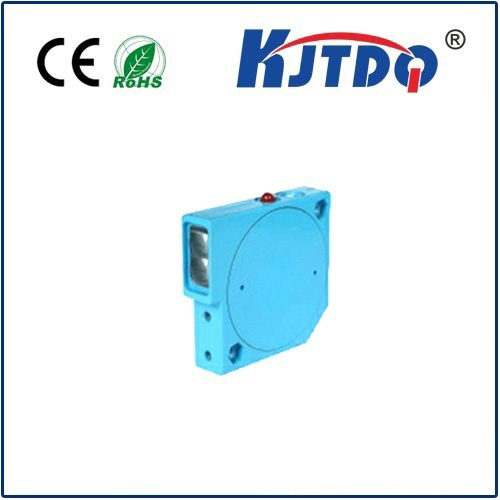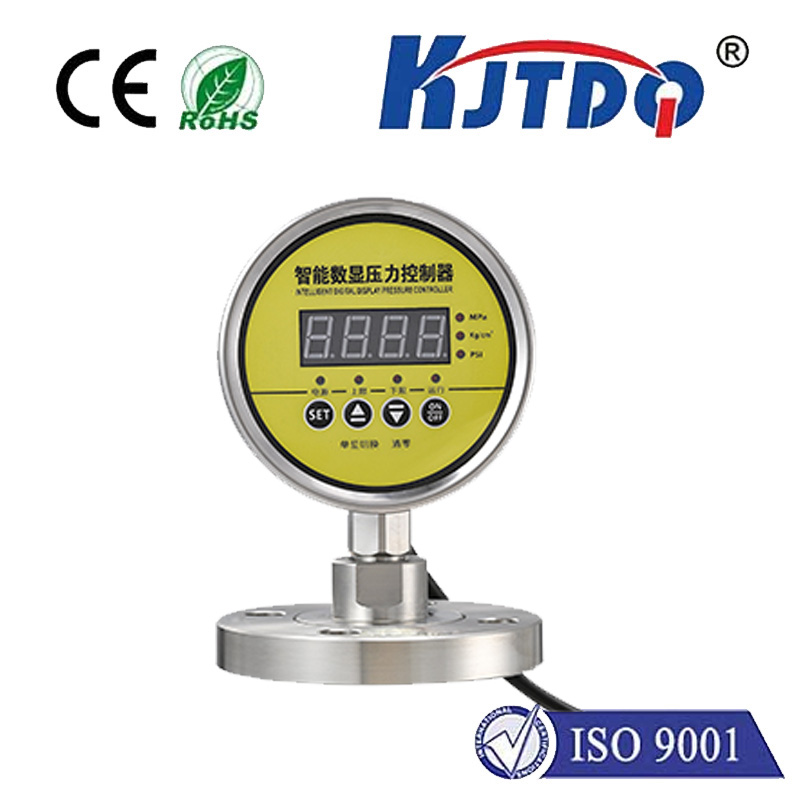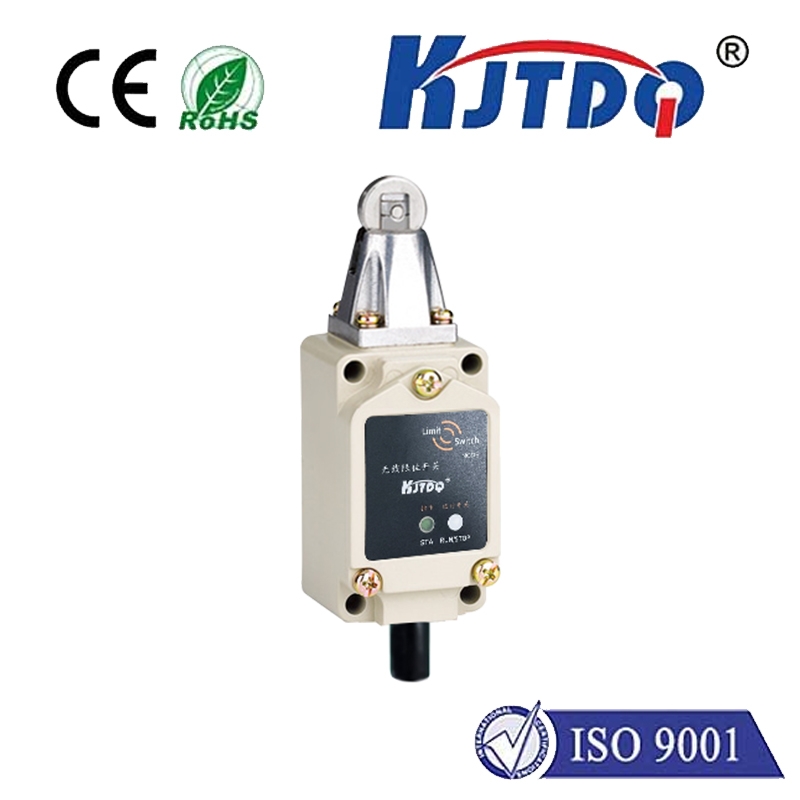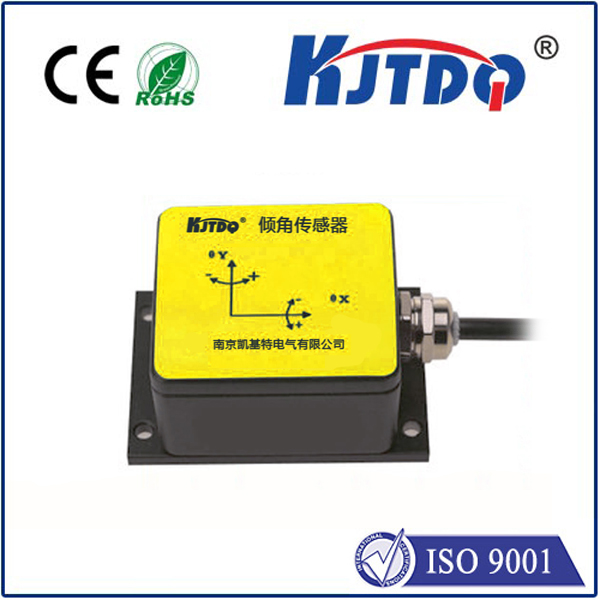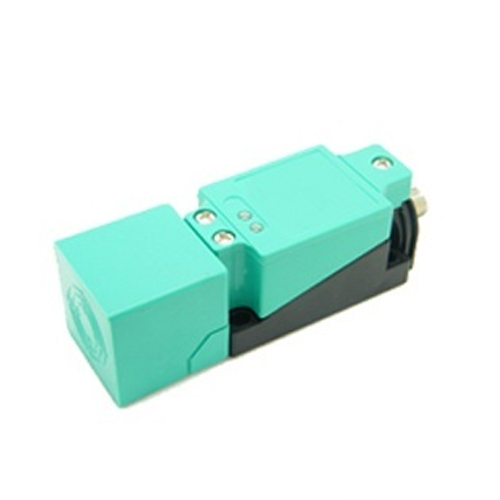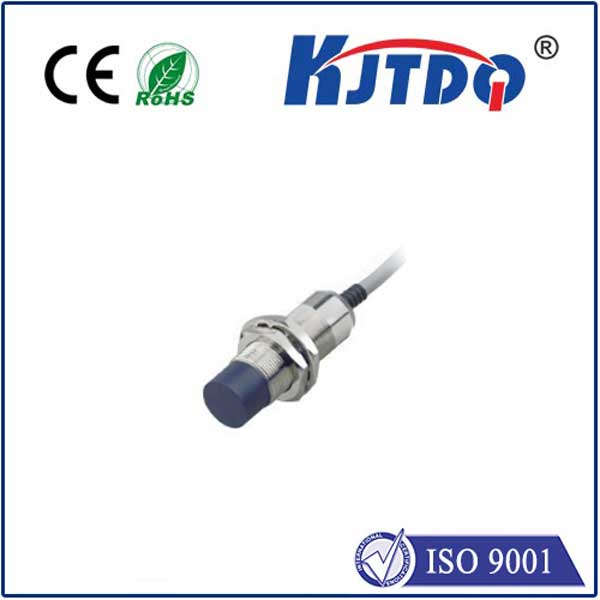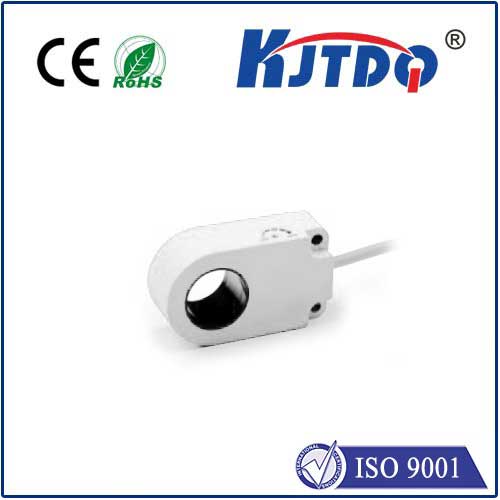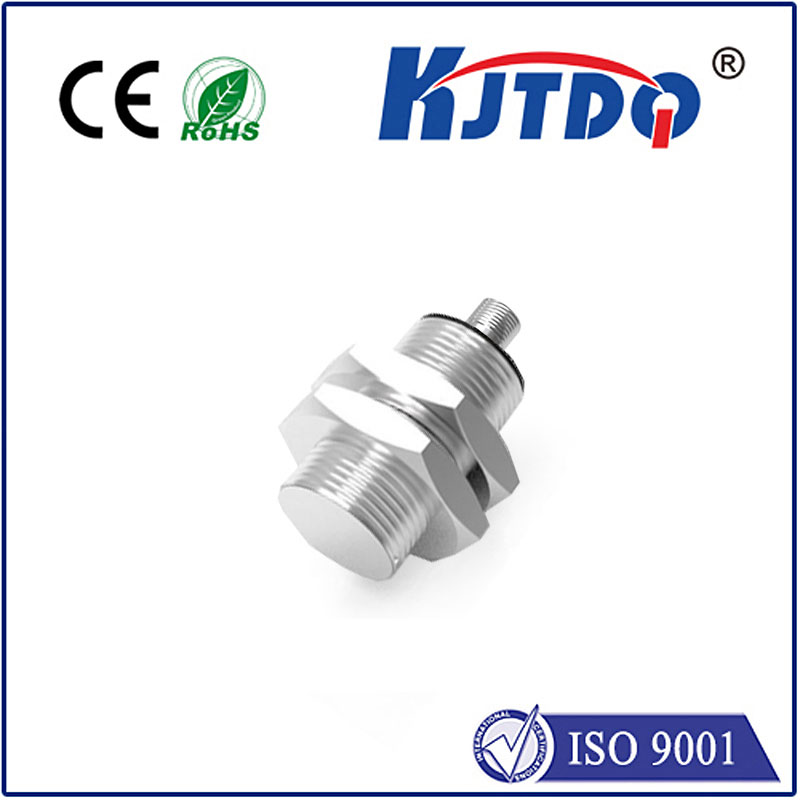

check

check

check

check

check

check

check

check

check

check
Title: Understanding Linear Limit Switches: A Comprehensive Guide
Introduction to Linear Limit Switches
In modern automation systems, linear limit switches are an essential component that helps to ensure safe and efficient operation. They play a critical role in controlling the movement of motors, preventing over-speed or under-speed, and detecting when a machine has reached its predefined limits. This article aims to provide a comprehensive guide on linear limit switches, their functioning, types, and applications in various industries.
Types of Linear Limit Switches
There are several types of linear limit switches available in the market, each with distinct features and operating principles. Some of the most common types include:
1. Potentiometer Limit Switches: These are mechanical devices consisting of a metal pot with plungers inside. When the plungers reach a certain height, they contact the contacts, which trigger an alarm or change the state of the circuit. Potentiometer limit switches are widely used in industrial automation systems and offer reliable performance.
2. Photoelectric Limit Switches: These switches use light detection as their primary mode of operation. They emit a beam of light, and when it hits an object or surface within the switch's range, it triggers the contact. Photoelectric limit switches are particularly useful in applications where visibility is crucial, such as in food processing or pharmaceutical industries.
3. Electromagnetic Limit Switches: These switches work by generating an electromagnetic field that attracts or repels a magnetic probe placed outside the switch. When the probe reaches the end of the switch's travel path, it triggers the contact. Electromagnetic limit switches offer high accuracy and reliability but can be expensive compared to other types.
Functioning of Linear Limit Switches
The primary function of linear limit switches is to detect when a machine has reached its predefined limits or has come to a stop due to external factors such as obstacles, overloading, or motor failure. When the machine crosses the limit switch's travel path, the switch contacts the circuit, signaling the control system to take appropriate action. This may involve stopping the motor, reducing power, or sending an alert to prevent damage to the machine or equipment.
Applications of Linear Limit Switches
Linear limit switches find wide applications in various industries, including:
1. Industrial Automation: Linear limit switches are commonly used in assembly lines, conveyor systems, packaging machines, and other industrial processes to control motion and prevent accidents.
2. Robotics: In robotics applications, linear limit switches help to detect when a robot has reached its destination or encountered an obstacle, allowing for safe navigation and manipulation of objects.
3. Mining and Construction: Linear limit switches are essential components in mining equipment, bulldozers, cranes, and other machines used in construction projects to prevent accidents caused by excessive speed or collisions with objects.
Conclusion
Linear limit switches are critical components in modern automation systems, offering reliable detection of machine limits and preventing accidents caused by excessive speed or collisions with objects. With their diverse range of types and applications across various industries, these switches play a vital role in ensuring safe and efficient operation of machines and equipment. By understanding their working principle and selecting the right type for your application, you can maximize their effectiveness and improve the overall performance of your automation system.
